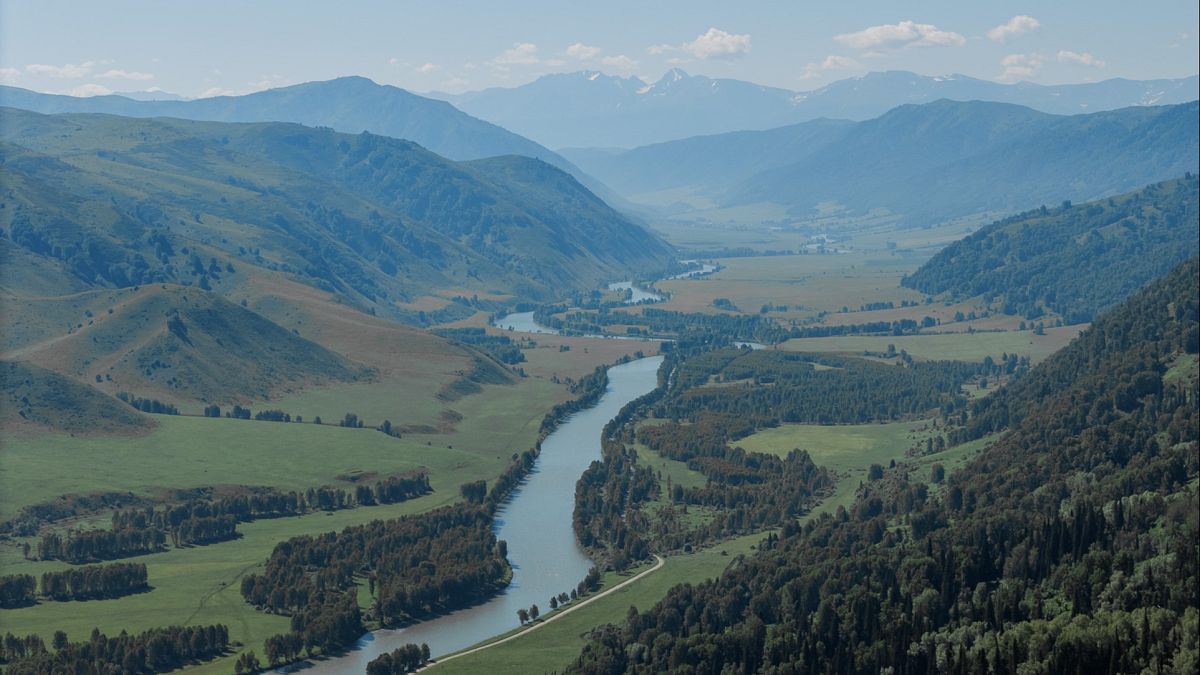Cambodia threatened karst teems with new species

Newly Discovered Geckos Reveal Hidden Wealth of Cambodia’s Karst
In a single night beneath the limestone cliffs of Phnom Proek district, a team of Cambodian biologists captured three geckos that are likely the first species of their kind to be recorded in the world. The finding underscores the unique biodiversity that thrives in these isolated “evolutionary islands” and highlights the looming threat posed by the region’s booming cement industry.
Why Karst Landscapes Are Nature’s Secret Galore
- Ancient Origins – Karst formations were once coral reefs that millions of years ago morphed into steep rock spires and vast cave networks.
- Evolutionary Isolation – Each isolated karst segment behaves like a separate island, giving species a sandbox to evolve independently.
- Hidden Treasures – The diversity of life discovered in these rocky realms is often overlooked because the terrain’s harsh and uneven conditions deter casual exploration.
Fieldwork: Challenges and Triumphs
Conducting a survey in the Cambodian–Thai border region is fraught with logistical and safety obstacles.
- Mine Risks – The presence of unexploded ordnance and active mines requires a cautious approach.
- Border Strife – Days into the expedition, escalating tensions between Thailand and Cambodia prompted the team to relocate away from the border.
- Night Navigation – Exploring sharp karst ridges after dark demanded the use of headlamps, careful maneuvering around stalactites, and avoidance of insect swarms attracted by the light.
Capturing and Cataloguing New Species
After collecting specimens, researchers submitted each to rigorous protocols to confirm novelty.
- Live Transport – Every capture was placed in an air‑filled bag to sustain the animal until morning cataloguing.
- Photography – In a sparse hotel room, karst rocks were artistically arranged on black velvet, and the animals were photographed for visual documentation.
- Laboratory Analysis – Each specimen was euthanised, measured, and sent for DNA sequencing, creating a familial “tree” that helps pinpoint if the species is truly new.
The team collected approximately 40 specimens in one night, among which three stood out as strong candidates for new species:
- Large Speckled Gecko – Distinct patterns and robust size.
- Bent‑Toed Gecko – Characteristic tail marking and unique toe morphology.
- Web‑Toed Gecko – Solitary webbing between toes, a rare trait.
Implications for Conservation and Industry
Fauna & Flora’s research seeks to influence policy decisions by demonstrating the ecological value of karst formations. While Cambodia’s annual cement production—11 million tonnes—supports jobs and reduces imports, the organization urges responsible quarrying that balances economic needs with environmental preservation.
Local community members like Tuy Noeun recognize the cultural significance of karst, yet many remain open to economic opportunities if managed sensibly. The dialogue between conservation advocates and industry stakeholders continues to shape how Cambodia will protect its unique geological and biological heritage.
Key Takeaways
- Three new gecko species were identified in one night, revealing untapped biodiversity in Cambodia’s karst regions.
- Fieldwork is complicated by mine risks, border tensions, and the dangers of exploring rock formations at night.
- Scientific procedures—live transport, photography, DNA sequencing—are essential to validate new species.
- Balancing conservation with economic development, particularly in the cement sector, remains a critical challenge for the country.




